Important points of plate heat exchanger:

First stage: City water of around 20℃ can cool the wort from 98℃to 45~50℃.
Second stage: the glycol water of around -3 ℃ can cool the wort to fermentation temperature like 7-20℃. The glycol water becomes about 0℃ to return glycol water tank.
1) Temperature
hot wort at approximately 95°C is run through a heat exchanger, where it is cooled by cold water or a refrigerant coming along the reverse side of the plate in the opposite direction.
The wort becomes cool (e.g., to 12°C) and ready for fermentation, and the cold water is heated to perhaps 80°C and is returned to a hot water tank, ready to be used in the next brew or elsewhere in the brewery.
2) Time and efficiency
On average, heat exchangers will be sized so that the entire contents of the kettle can be cooled to fermentation temperature in 45 min or less.
A heat exchanger is very energy efficient because the heat originally used to bring wort to the boil is partially reused to heat cold water coming into the brewery.
3) Other Applications
Using refrigerants such as glycol, plate heat exchangers can also be used to cool beer to low temperatures after fermentation, say from 12°C to –1°C,
for cold maturation. Heat exchangers may be used in many aspects of the brewing process to heat and cool beer and to heat or cool liquids such as water.
cooled water is passed through the coolant side of the heat exchanger while beer is pumped through the other side allowing for a "chilling" of the beer with extreme efficiency;
especially given that there are so many plates to transfer cooling within this design.
4) Working Pressure
The plate heat exchanger with resistance at about 0.25-0.35Mpa,so the wort and coolant need to be pressed inside with pump.
5) Frame
The frame of the heat exchanger must be carbon steel. We all know the hardness of carbon steel is much better than stainless steel. All of the inside plates are pressed together with the backplate,
so the backplate is easily out of shape under the huge pressure if it is without enough hardness. Then there will be gap between the inside plates or between the inside plate and backplate.
The result is serious, it may pollute your whole batch of beer.
Edited by Cody
[email protected]




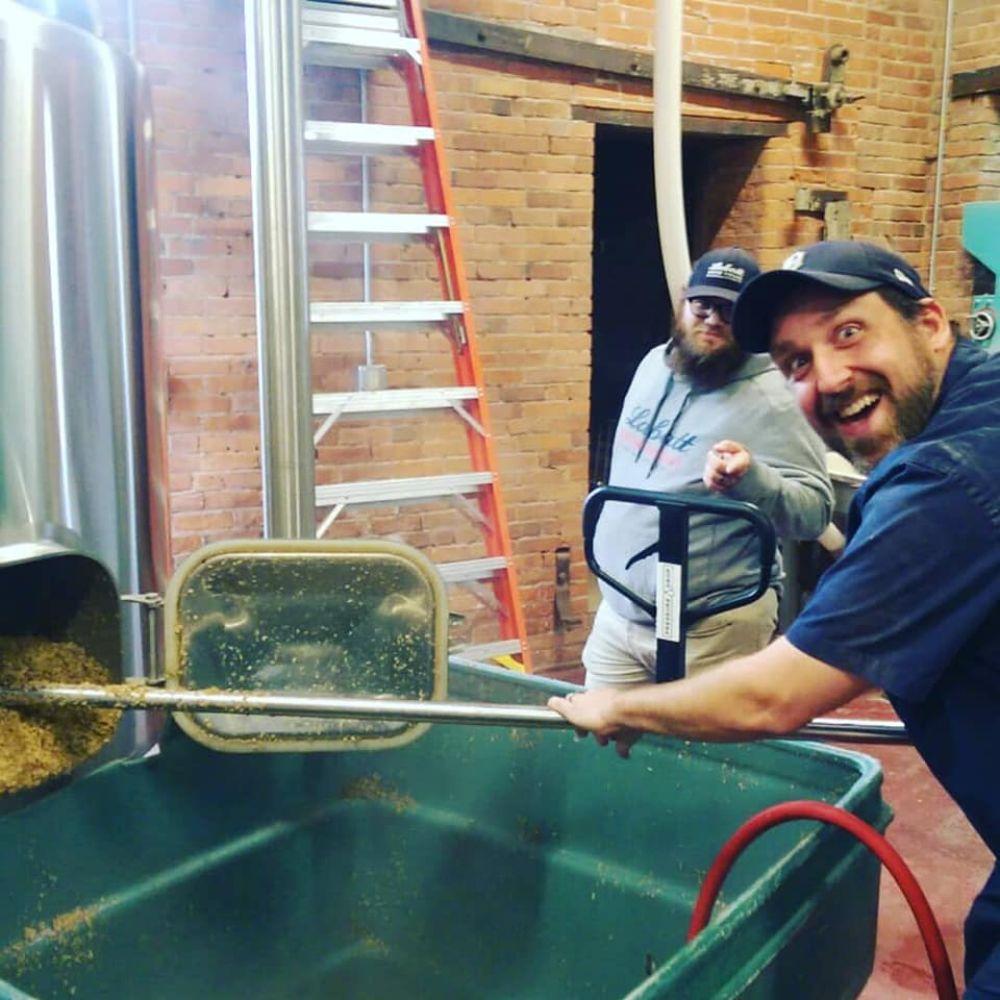
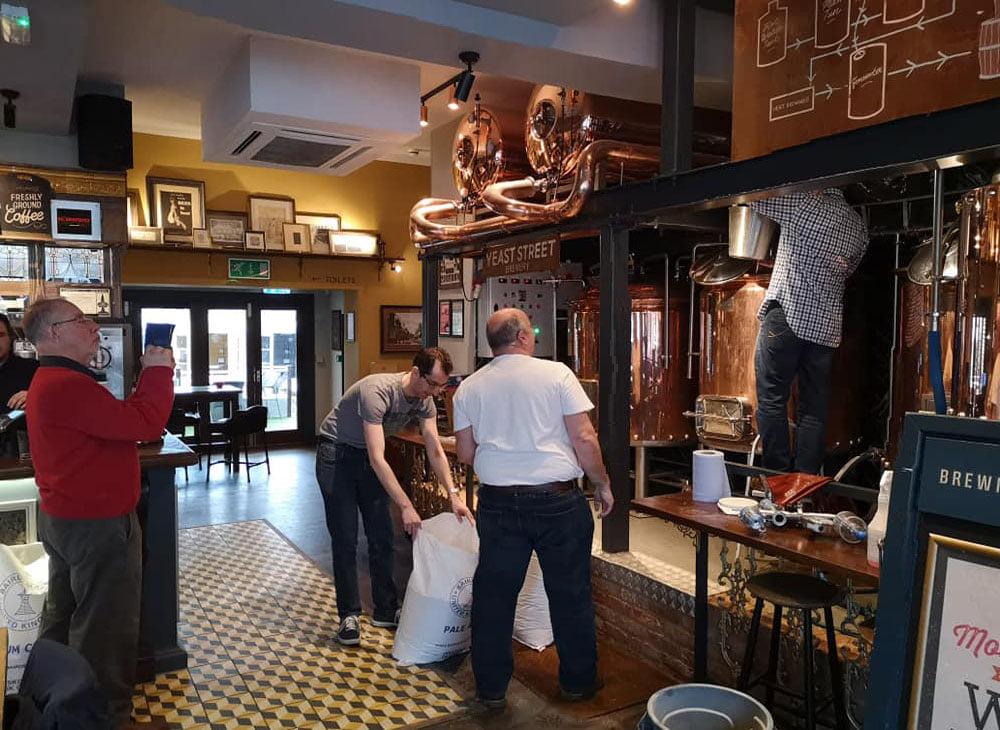
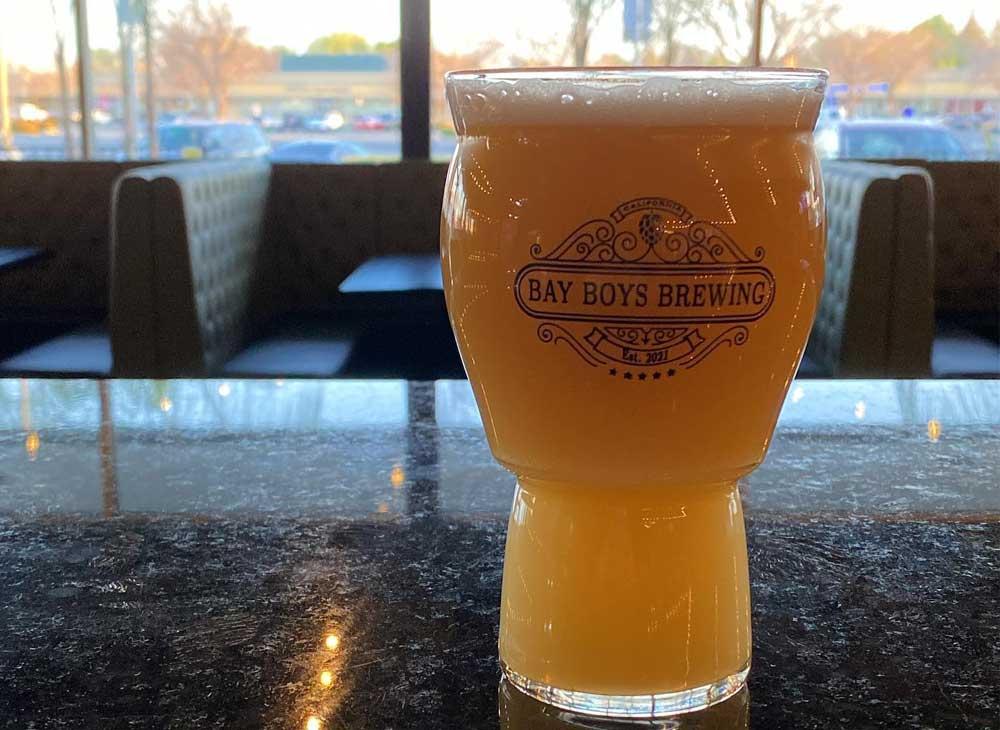
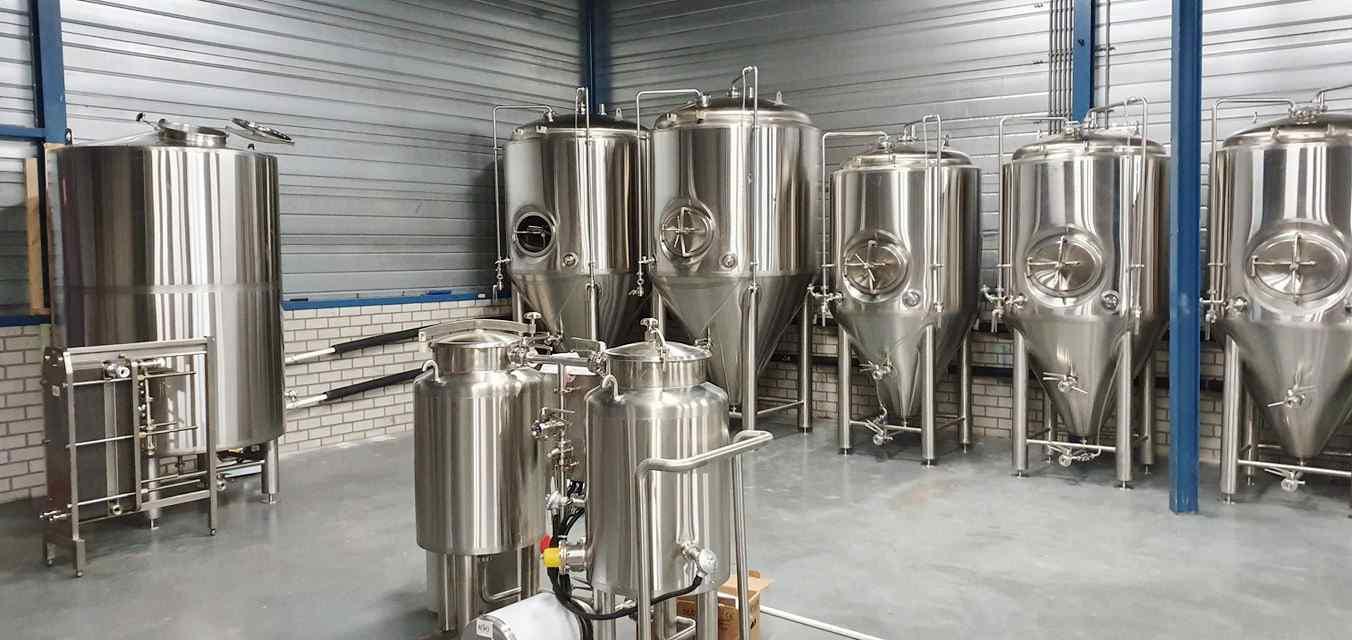
.jpg)
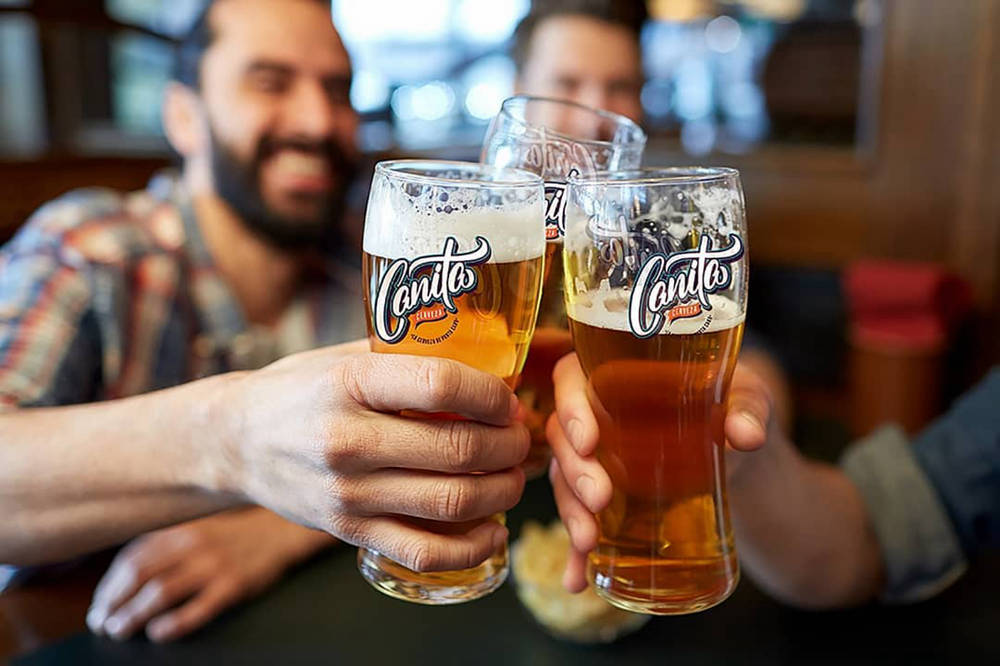
Get A Quote